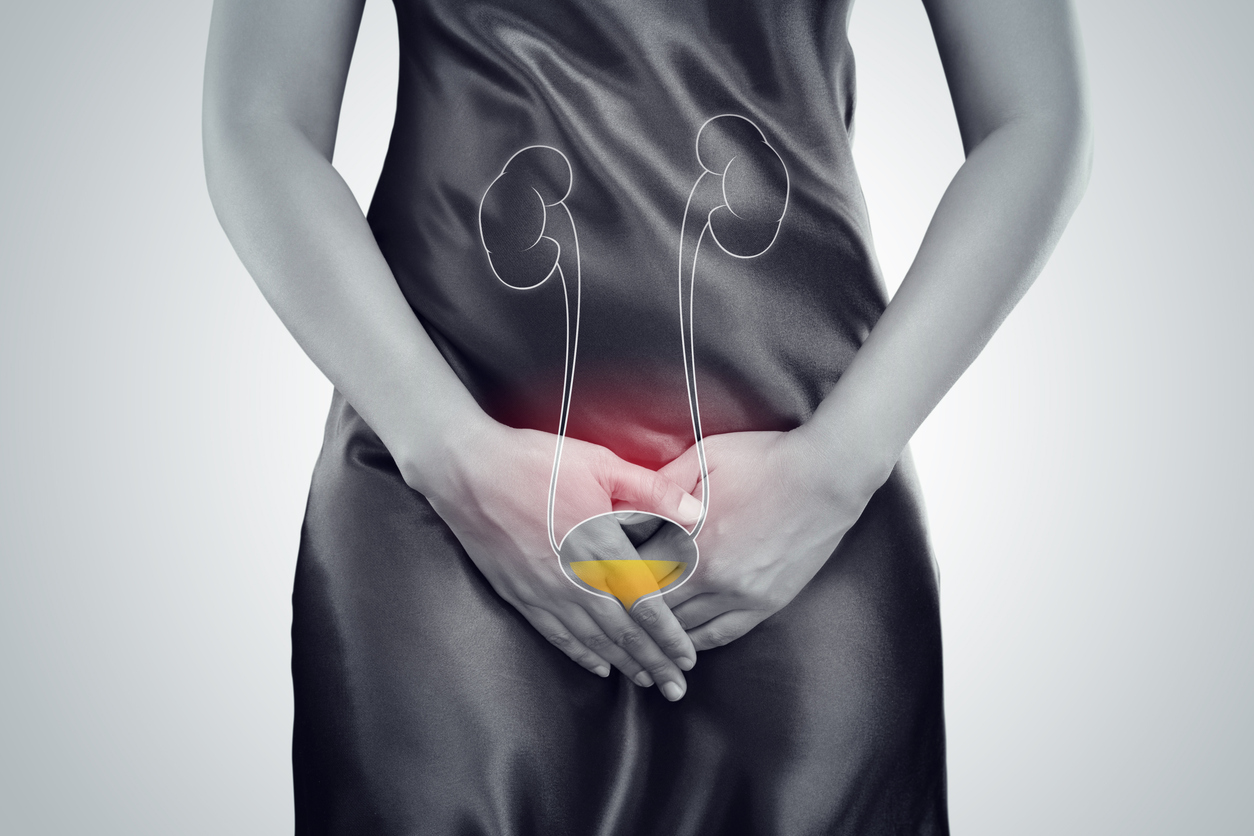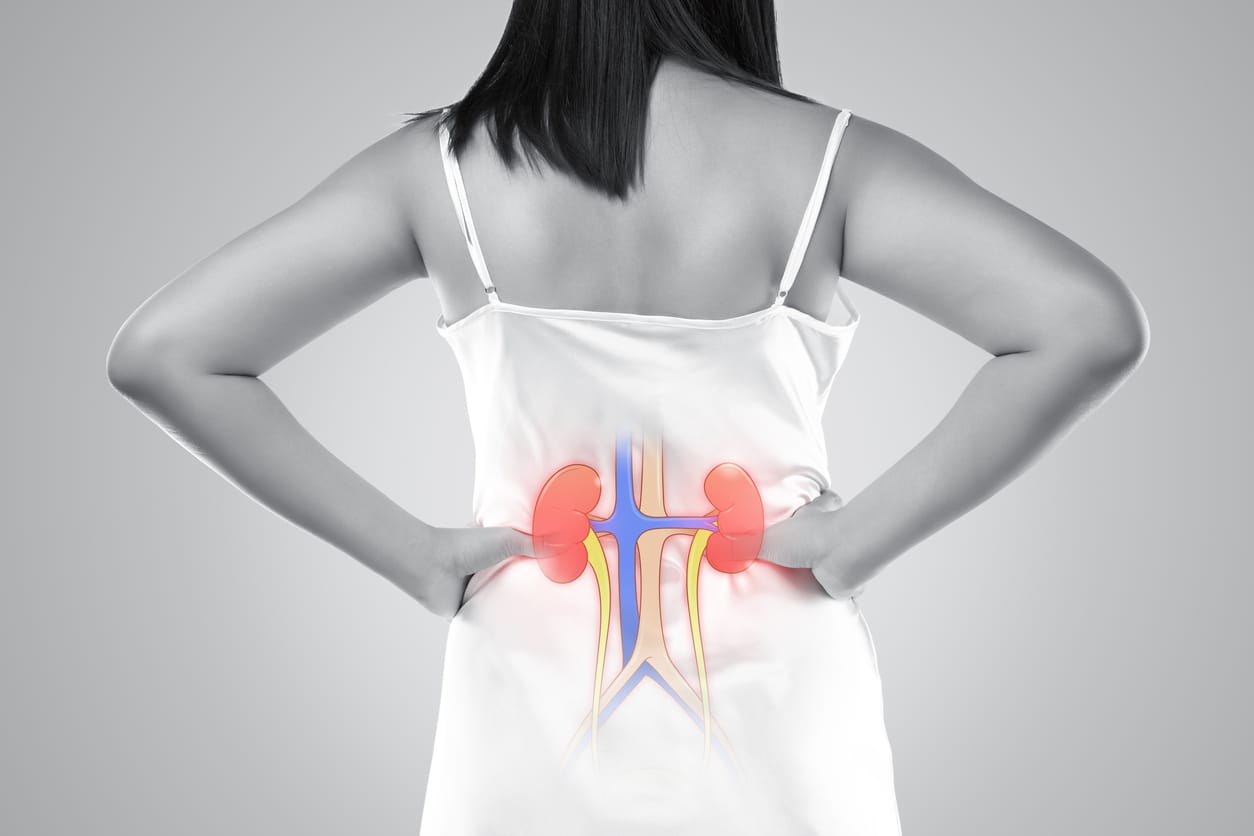
Ureteral Endometriosis : Can Endometriosis Spread to the Ureter
Endometriosis is a chronic condition that affects approximately 10-15% of women between 15-50 and other genders as well. This medical condition, characterized by endometrial-like tissue
Ureter endometriosis is a rare but serious form of deep infiltrating endometriosis (DIE) that affects the ureters—the thin tubes that carry urine from the kidneys to the bladder. In this condition, endometrial-like tissue grows on or around the ureters, potentially causing obstruction, reduced kidney function, or even kidney failure if left untreated. Although it accounts for a small percentage of endometriosis cases, ureteral endometriosis can lead to severe complications, making early detection and effective management crucial.
Ureter endometriosis is a chronic condition in which tissue similar to the lining of the uterus grows outside of it, leading to inflammation, pain, and scar tissue formation. When endometriosis involves the urinary tract, the bladder is more commonly affected, but in approximately 0.1% to 1.5% of cases, the ureters become involved. Ureteral endometriosis can be classified into two types: extrinsic and intrinsic. Extrinsic ureter endometriosis occurs when endometrial tissue compresses the ureter from the outside, while intrinsic involves the tissue growing into the ureter wall itself. Both types can cause partial or complete obstruction, resulting in hydronephrosis (swelling of the kidney due to urine retention) and eventual kidney damage.
Symptoms of ureter endometriosis may be subtle or absent in the early stages, which makes diagnosis challenging. When symptoms do appear, they often include pelvic pain, flank pain, painful urination, blood in the urine (hematuria), or recurrent urinary tract infections. Some individuals may not experience any urinary symptoms and only discover the condition during imaging or surgery for pelvic pain or infertility.
Diagnosing ureter endometriosis typically involves a combination of imaging studies and clinical evaluation. Pelvic ultrasound, magnetic resonance imaging (MRI), and CT urograms can help visualize ureteral obstruction or hydronephrosis. In more advanced cases, a laparoscopic examination may be necessary to confirm the diagnosis and assess the extent of the disease. Urologists and gynecologists often work together to provide a comprehensive evaluation and treatment plan.
Treatment for ureteral endometriosis aims to relieve obstruction, preserve kidney function, and manage symptoms. Depending on the severity and location of the lesions, treatment may include hormonal therapy, laparoscopic ureterolysis (freeing the ureter from surrounding tissue), or resection and reimplantation of the ureter. Hormonal treatments such as GnRH agonists or progestins can help suppress the symptoms and growth of endometriosis tissue, but may not be sufficient for more advanced or obstructive cases.
Ureter endometriosis requires careful monitoring and often a multidisciplinary approach involving gynecology, urology, and radiology specialists. Timely intervention can prevent irreversible kidney damage and improve the quality of life for those affected. If you are experiencing unexplained pelvic pain, urinary symptoms, or have a known history of endometriosis, it’s important to speak with a healthcare provider who understands the complexities of this condition.
By raising awareness and promoting early diagnosis, individuals with ureter endometriosis can access the specialized care they need to manage their symptoms and protect their long-term health.

Endometriosis is a chronic condition that affects approximately 10-15% of women between 15-50 and other genders as well. This medical condition, characterized by endometrial-like tissue

Endometriosis is a common gynecological condition that affects many women during their reproductive years. While it typically manifests in the pelvic region, in some instances,